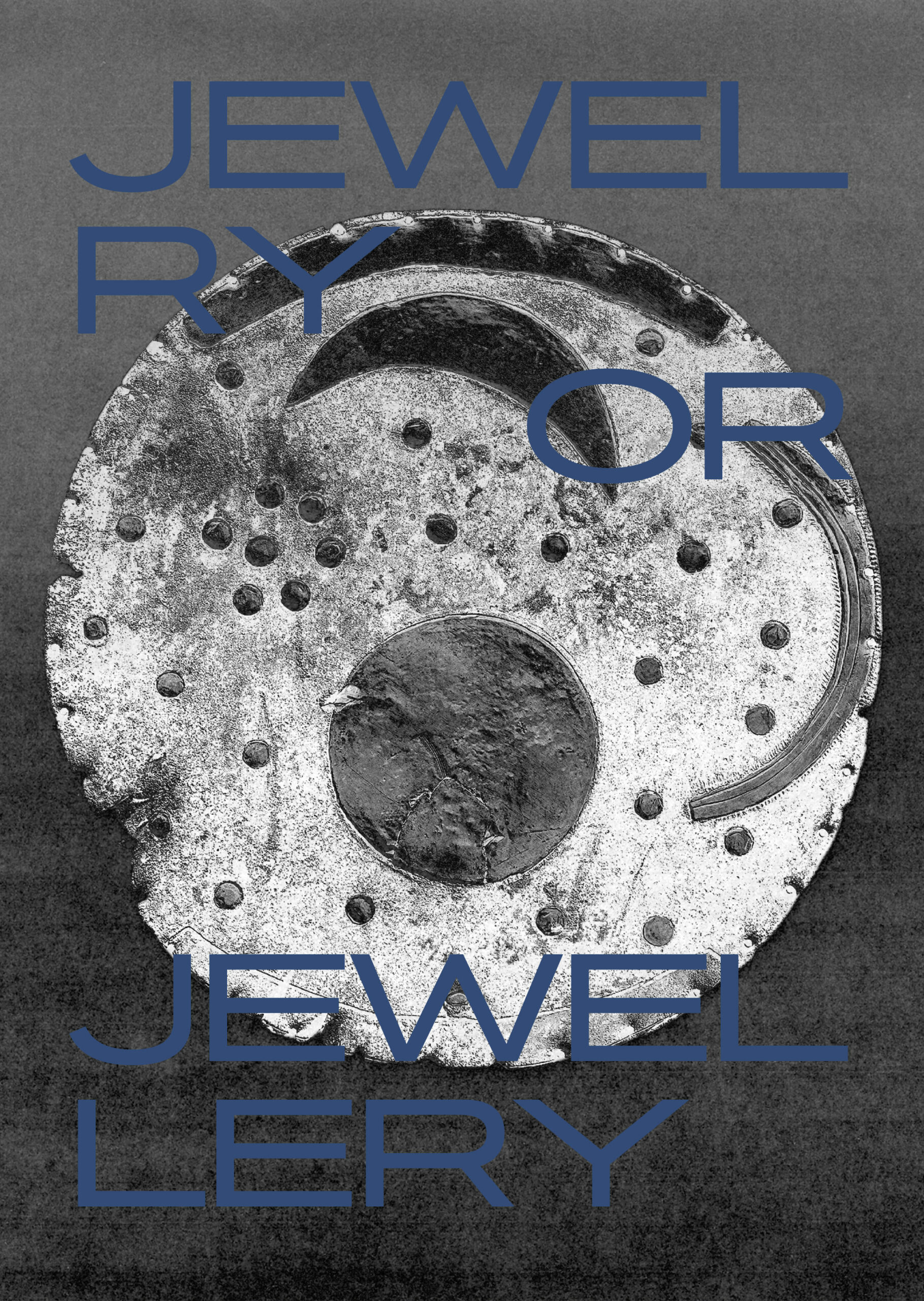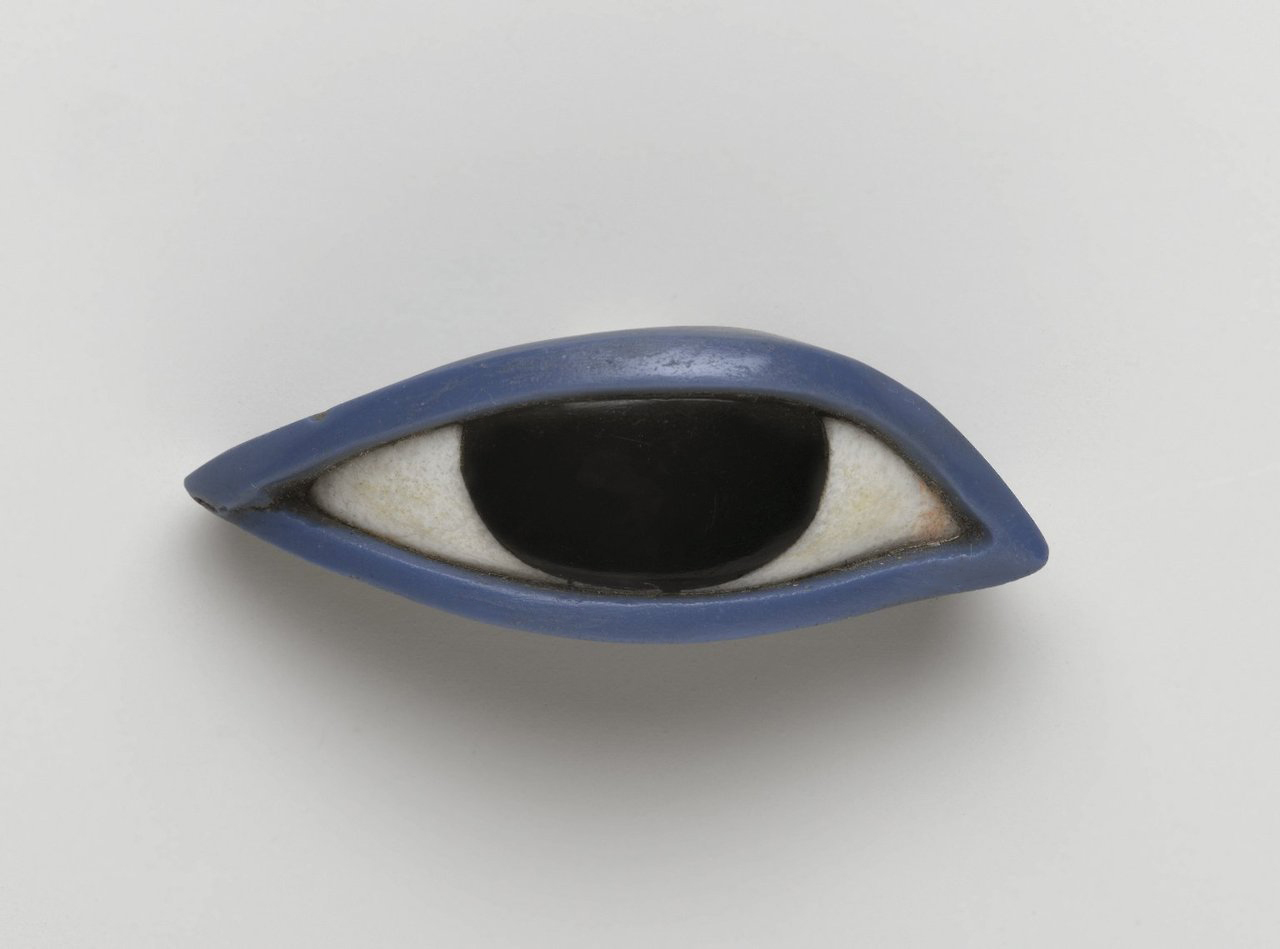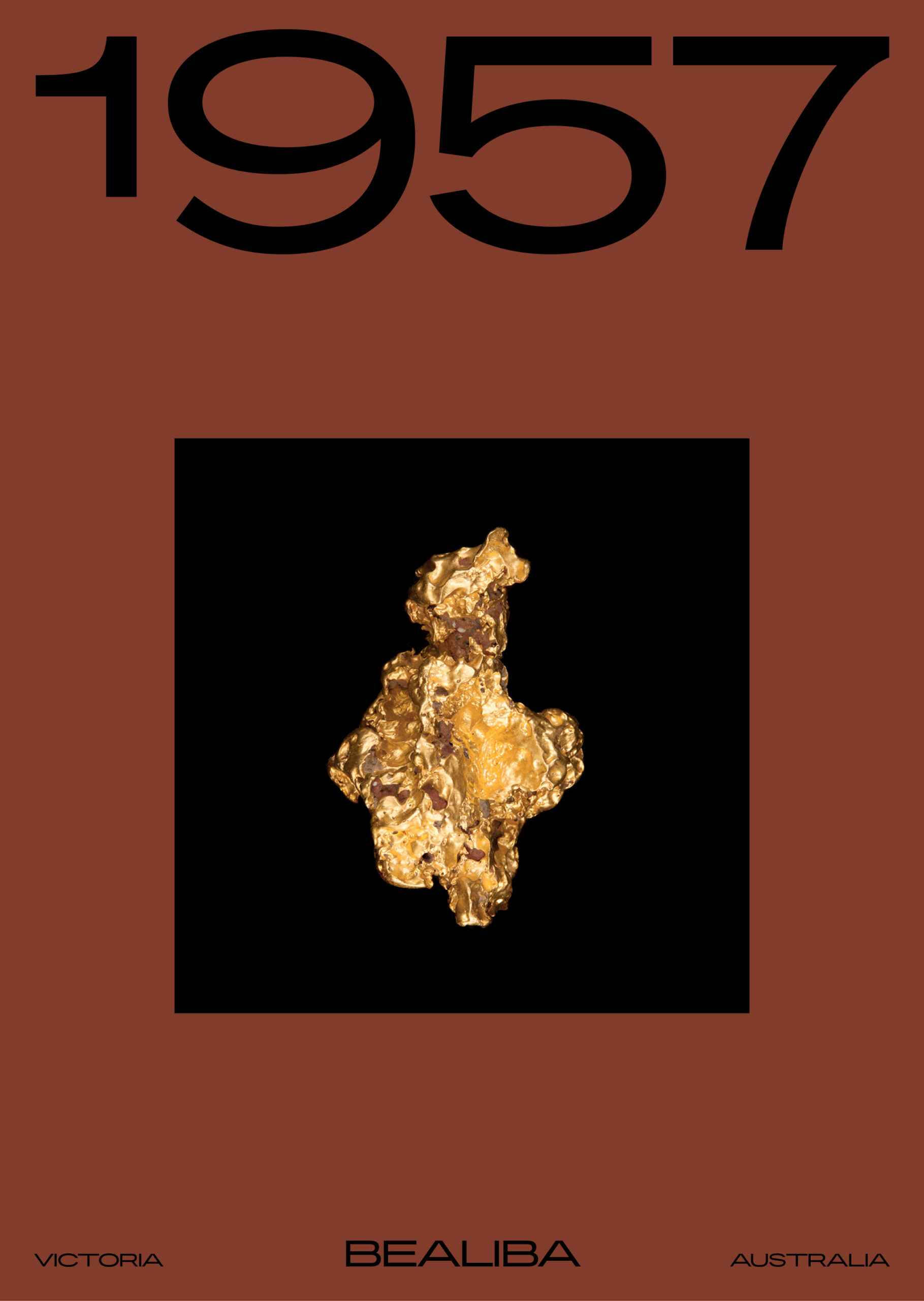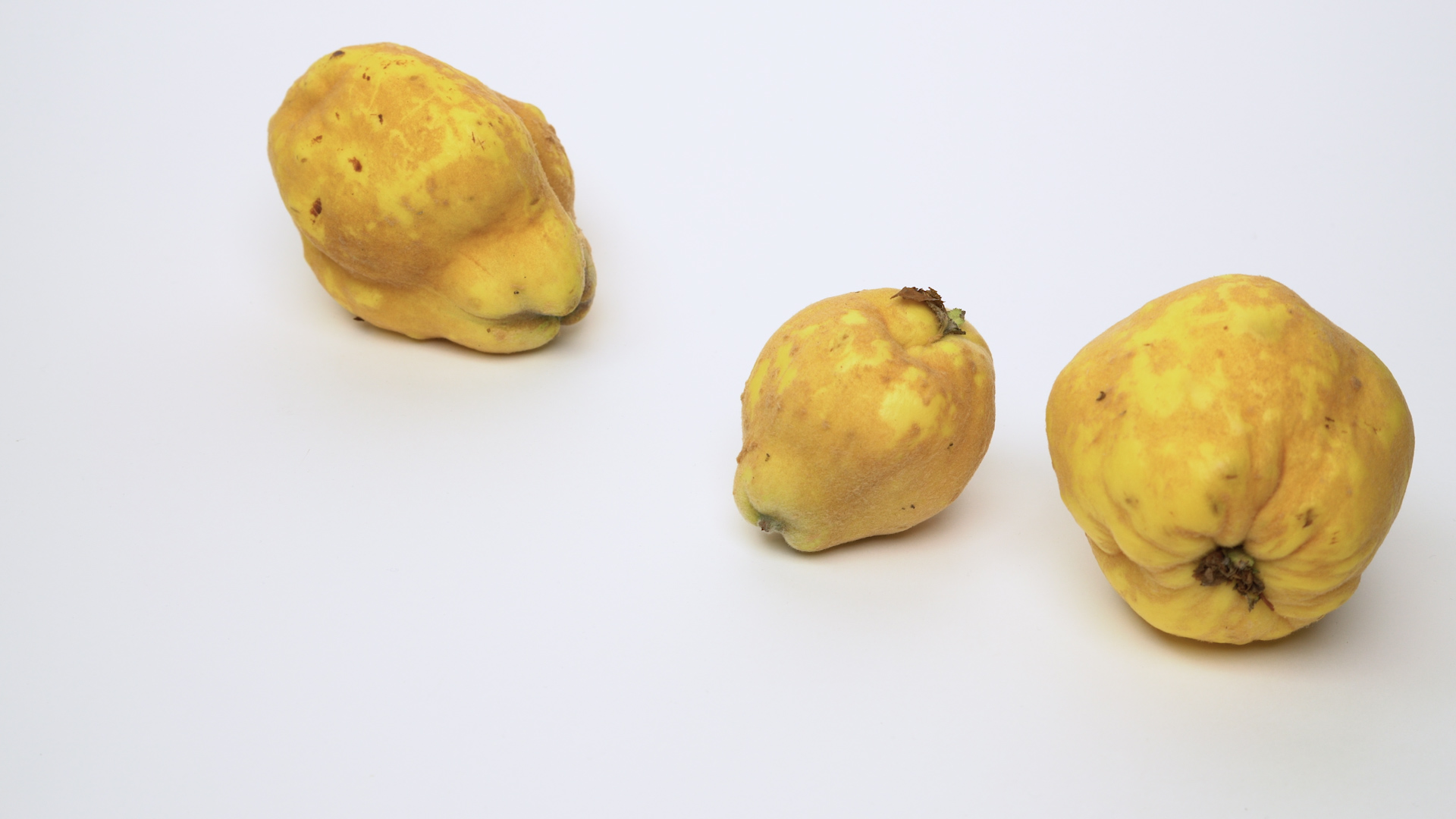Napoleon Bonaparte’s Biggest Muse
MORE INFORMATION
Published on
22.06.2022
–
The Jewelry Museum Pforzheim’s “A Newly Ordered World – Treasures from the Napoleonic Era” spotlighted Napoleon’s influence, as well as the jewelry and fashion of his era, which were undergoing major changes. The 150 exhibits provided visitors with an impression of the ruler’s epoch and included pieces created by Nitot, Napoleon’s court jewelr.
Marie Josèphe Rose Tascher de La Pagerie – known by her pet name Joséphine by none other than her lover, husband and conqueror Napoleon – was a force to be reckoned with. When she met Bonaparte in 1795, he was six years her junior and she was newly widowed with two children under her watchful eye. In a letter from the same year, Bonaparte wrote to her steamily professing, “I awake full of you. Your image and the memory of last night’s intoxicating pleasures has left no rest to my senses.” Needless to say he was smitten at first sight and in January 1796, Bonaparte proposed to her and they were married on March 9th.
It was no secret that Joséphine was also a fashionista and the budgetary allowance set by Bonaparte was just an afterthought for her.
Things quickly unfurled when Bonaparte departed for Paris just two days after they sealed their nuptials to lead the French army into Italy. In his absence, they exchanged many love letters, although it was known that Bonaparte was measures more impassioned compared to Joséphine’s lukewarm musings.
In 1799 while Napoleon was in Egypt, Josephine purchased the Chateau de Malmaison and went all out on the landscaping front, hiring landscapers and horticulturists from the United Kingdom to create a botanical oasis in the English style. She appointed Thomas Blaikie, a Scottish horticultural expert, the Scottish gardener Alexander Howatson, the botanist Ventenat and the horticulturist Andre Dupont.
I awake full of you. Your image and the memory of last night’s intoxicating pleasures has left no rest to my senses.”

Empress Josephine in Coronation Costume
Oil Painting by Baron François Gérard, 1807/08
Oil on canvas
Musée National du Château de Fontainebleau
Read more on the love letters of great men here.
The rose garden was a standout and was inspired by Dupont’s affinity to roses. Joséphine wanted to amass virtually every known rose species known to mankind and when Napoleon caught wind of the Malmaison, he ordered his commanders to search all seized shipping vessels for plants to send to the chateau. Pierre-Joseph Redouté was commissioned by Joséphine to paint the flowers from her gardens. Les Roses was published between 1817 and 1820 with 168 plates of roses; 75 to 80 of the roses were grown at Malmaison.
Joséphine was a patron of the arts and partnered with sculptors, painters and interior decorators to create a one of a kind style at the Château de Malmaison, establishing the popularity of the Empire and Consular styles. Throughout her lifetime, she became a vehement collector of various art forms, such as sculpture and painting.
It was no secret that Joséphine was also a fashionista and the budgetary allowance set by Bonaparte was just an afterthought for her. She sourced the most exquisite fabrics, dressings and accoutrements which racked up quite the debt for her. She worked closely with her loyal couturier, LeRoy, to design lavish dresses from tuile, silk, muslin and delicate embroidery and popularized the “Empire style” in France. These cuts followed the female form, accentuated the bust and bare arms with free-flowing cascades of fabric below the waist.
Many of her frocks were white on account of Napoleon’s love for her in the color white. You’d never believe it, but Napoleon even set out stringent legislations in the Civil Code about what he liked women to wear. He enjoyed seeing women wearing the latest fashions and often ridiculed females in his close quarters who wore a dress far too many times. Bonaparte looked to revive the French luxury industry, a gateway to a thriving economy in his opinion, and Joséphine’s image in the public eye helped to advocate the notion that luxury was acceptable once again following the Revolution.
MORE EDITORIALS
| 01 |
 |
Aesthetics and Culture: The Difference Between Jewelry and Jewellery | CURIOSITIES | 13.02.2023 |

|
13.02.2023
Aesthetics and Culture: The Difference Between Jewelry and Jewellery |
|||
| 02 |
 |
Egyptian Eye from an Anthropoid Coffin | CURIOSITIES | 01.05.2022 |

|
01.05.2022
Egyptian Eye from an Anthropoid Coffin |
|||
| 03 |
 |
The Making of a Gold Rush Town | CURIOSITIES | 01.08.2022 |

|
01.08.2022
The Making of a Gold Rush Town |
|||
| 04 |
 |
The A to Z of Jewelry | CURIOSITIES | 25.05.2022 |

|
25.05.2022
The A to Z of Jewelry |